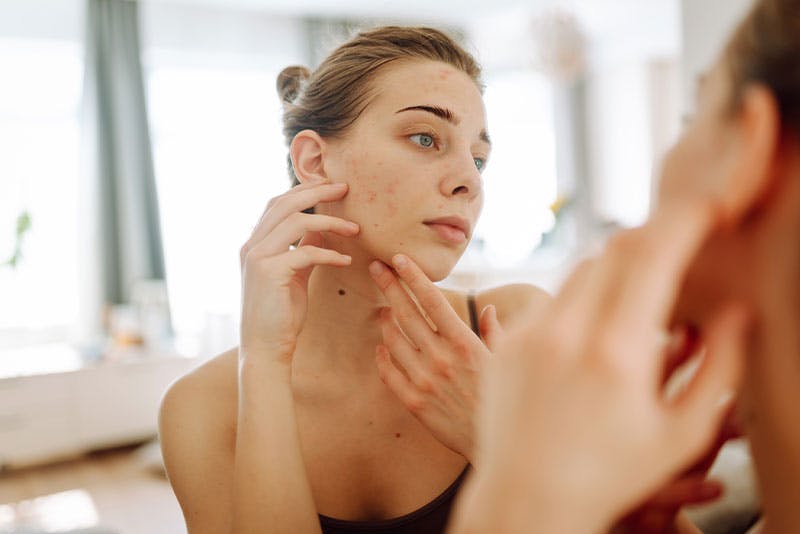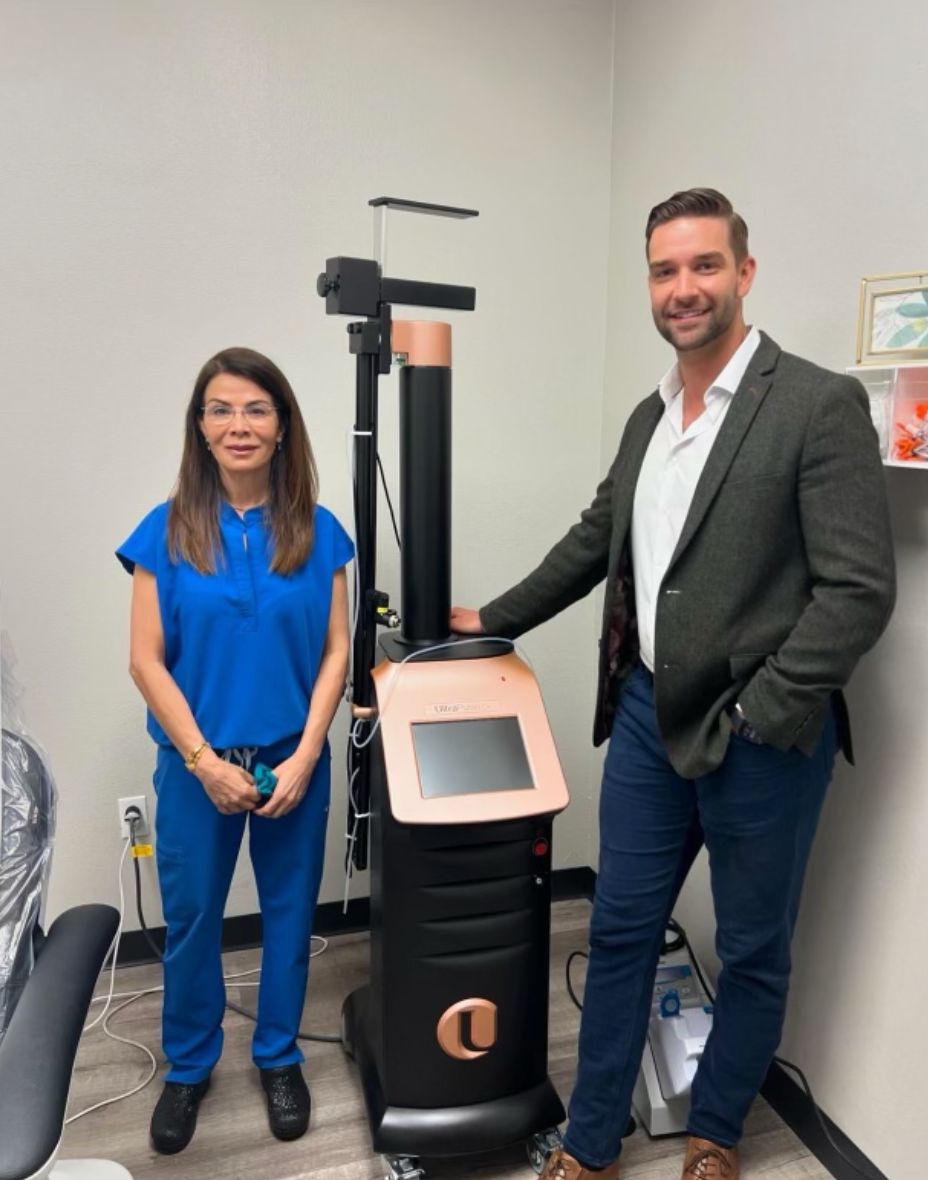Acne itself can feel like a never-ending battle, but for many people, the real frustration comes after the pimples are gone: the scars. If you’ve ever wondered why some breakouts heal cleanly while others leave lasting marks, you’re not alone.
Why Acne Scars Form
Scars happen when the skin’s natural healing process is disrupted. When a breakout penetrates deeply into the skin, the surrounding tissue is damaged. Your body rushes to repair it with collagen—but sometimes it doesn’t make the perfect amount.
- Too much collagen = raised scars (hypertrophic or keloid).
- Too little collagen = pitted or depressed scars (often called “ice pick” scars).
Other factors matter, too. Genetics, skin type, and even how you treat your acne (yes, picking and popping counts!) all influence whether scars form.
Prevention is Key
The best way to avoid scars is to treat acne early and consistently. A gentle, regular skincare routine, avoiding harsh picking, and using sunscreen can all reduce your risk.
What You Can Do About Existing Scars
If you already have scars, don’t panic—modern aesthetics and dermatology offer plenty of solutions. Options like chemical peels, microneedling, CO₂ laser resurfacing, or even fillers can improve the look of textured scars. Medical-grade skincare with retinoids or brightening agents can also help fade discoloration.
The Takeaway
Acne scars are common and nothing to be embarrassed about. But if they bother you, know that you’re not stuck with them forever. With the right combination of professional treatments and smart skincare, smoother, more even skin is absolutely possible.
To schedule a complimentary consultation, please call our office at 813-533-1999.



